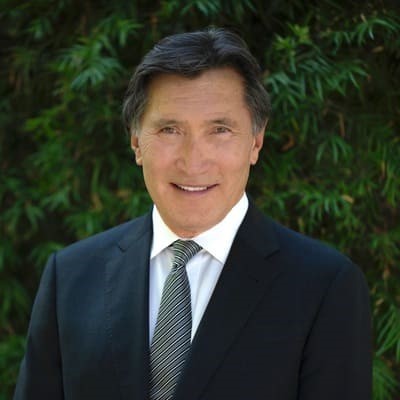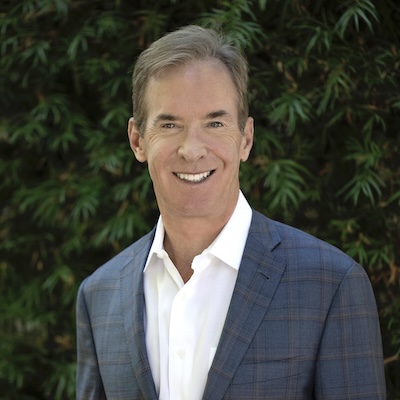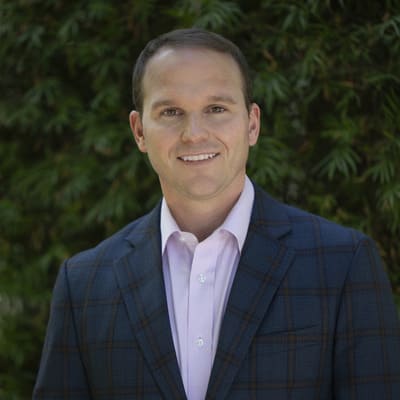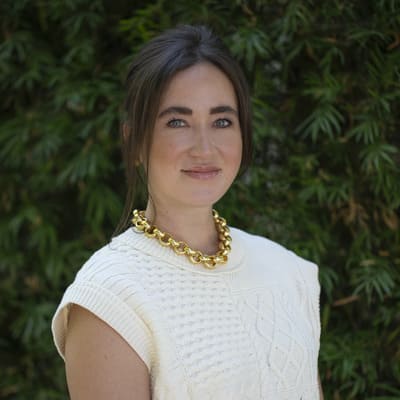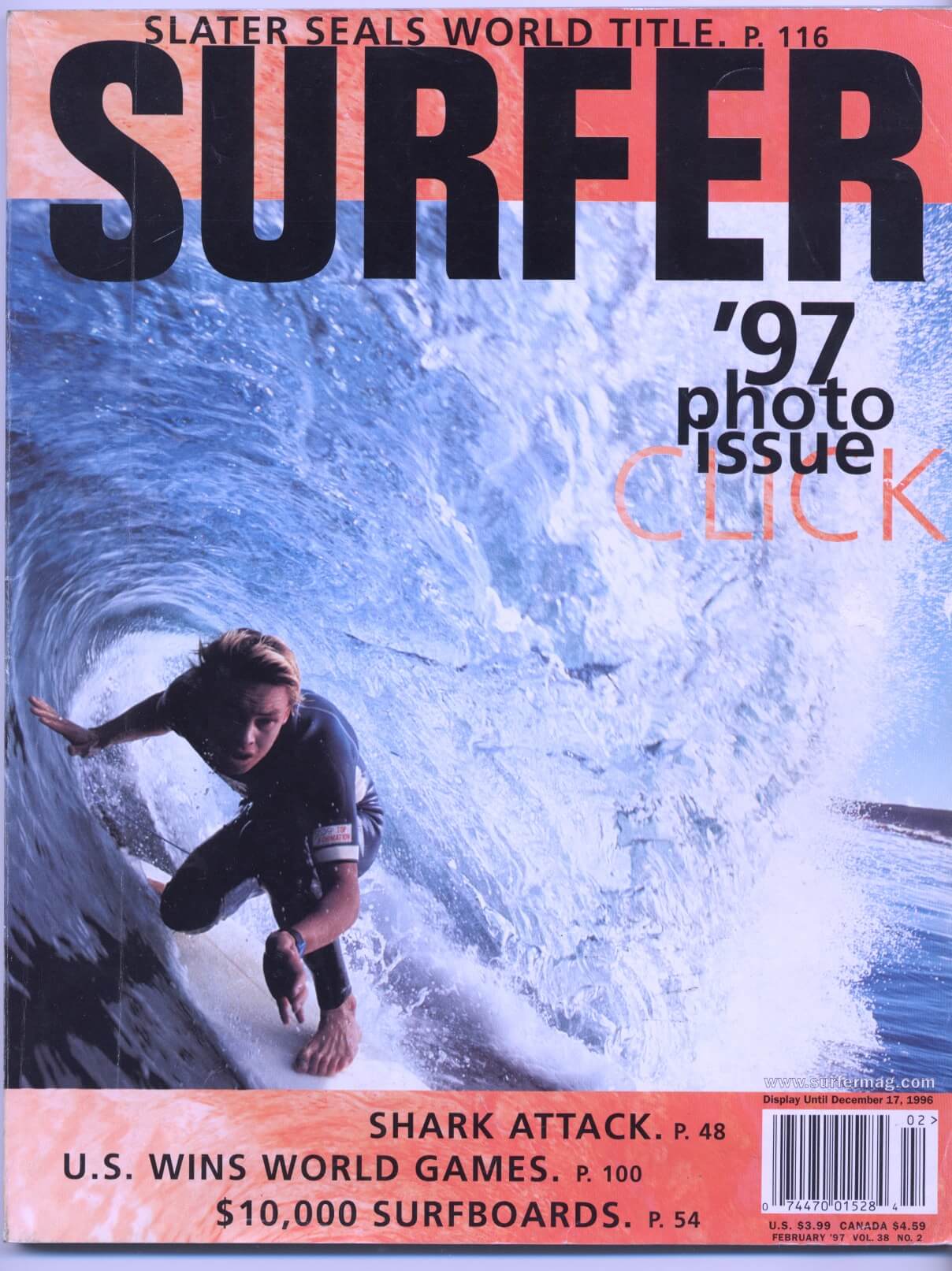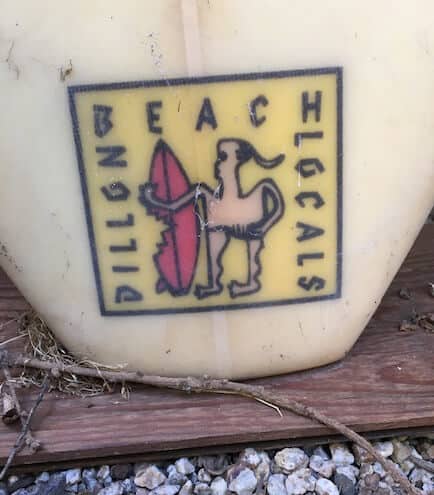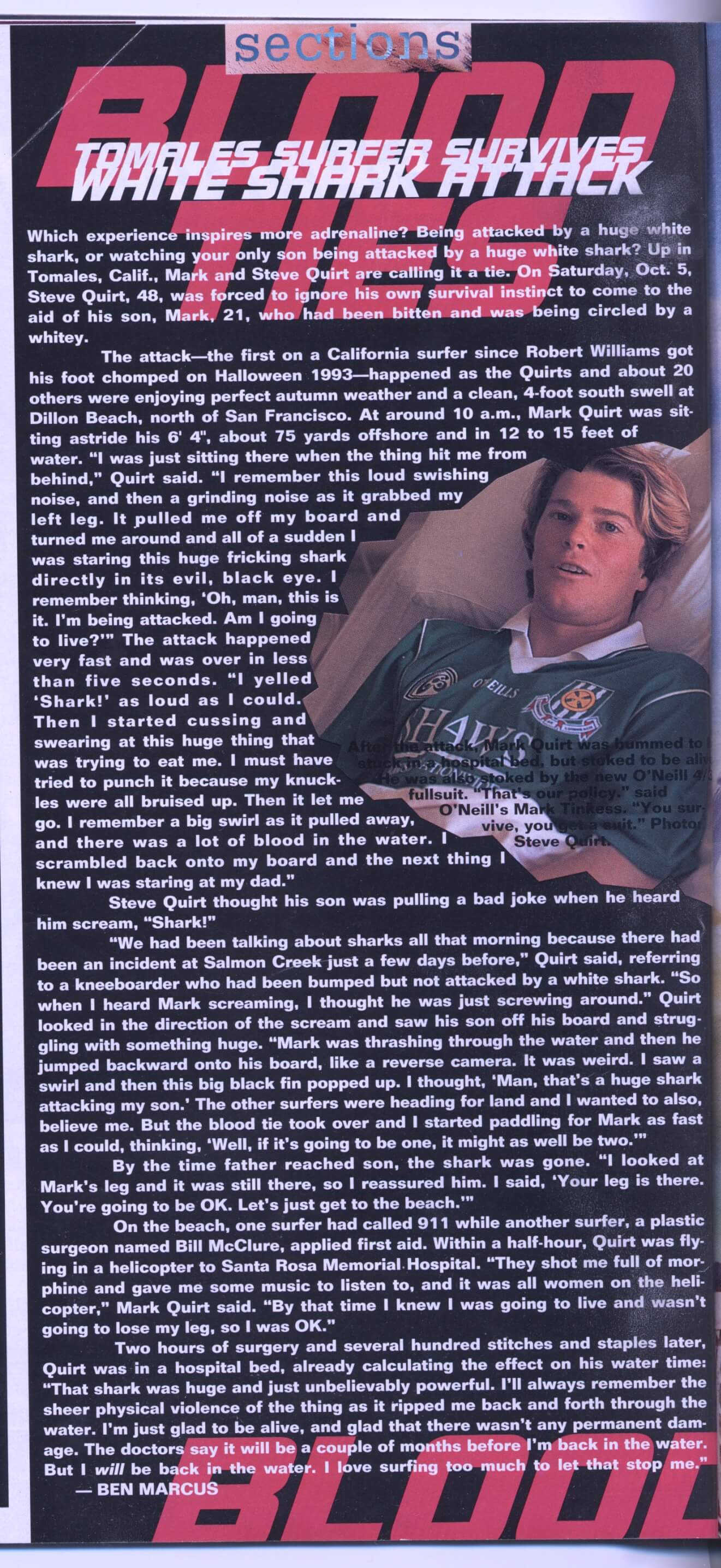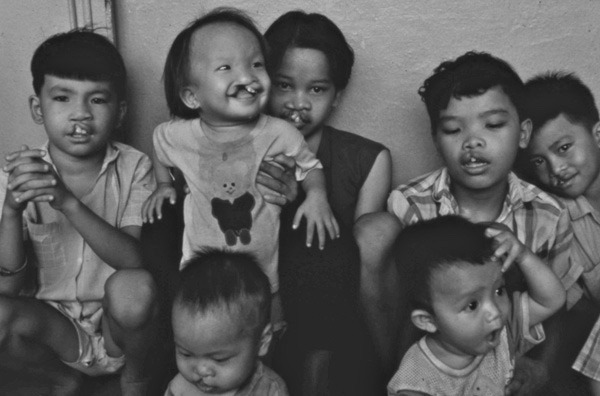Erbium laser resurfacing is a highly effective way to dramatically reduce facial wrinkles, but it does have some significant downtime. As such, some background is helpful to understand who it’s for and why. Facial wrinkles are an inevitable side effect of aging and...
We Look Our Best When We Look Refreshed
We Look Our Best When We Look Refreshed
Dr. McClure wrote an article for St. Helena Living Magazine outlining the positives of a “refresh” without shame.
We humans are programmed to respond positively to those who look energetic and refreshed. As plastic surgeons who specialize in facial rejuvenation, here is a variation of a story my partner Dr. Jackson and I hear repeatedly:
“I’m 52 years old and have recently re-entered the work force. Everyone in the office is in their 30’s. Whenever a new client enters they take one look at me and then turn to find one of the younger staff members. It’s not because they are age prejudice. It’s because I look worn out and tired. They want a more energetic person handling their account. But I am not worn out. I feel great. It’s my face that is sending out the wrong signals.”
Nature can play cruel tricks on us. Because of our genetics and/or because of environmental damage done to the skin, our face can make us look haggard and worn out even when we are actually feeling great. Aging is a natural process. One can look beautiful at any age. Facial rejuvenation surgery is not necessarily done to make one look younger, (though a more youthful appearance is a by product of surgery). I’ve had patients rightfully tell me:
“I have no problem with growing old. I’ve earned my wrinkles. I don’t need to look 25 years younger. But, I don’t want to look worn out all the time.”
Surgery is done to give one a more refreshed look. For instance, we take a worn out looking 68 year old woman and help her look like a refreshed version of the herself; or a 45 year old woman, or a 55 year old man. A legitimate concern for a person contemplating rejuvenation surgery is this:
“I want to look natural. I don’t want that artificial look you see in certain celebrities, or in people walking the streets of Palm Desert.” Or very important, “I want to still look like me.”
Giving patients a natural look is an important principle of rejuvenation surgery that we follow, but unfortunately some surgeons don’t. A natural looking result is not a random occurrence. Specific steps are taken to insure a natural look. We show prospective patients before and after photos of our patients to reassure them that they will have a natural look.
Facial rejuvenation operations done by experienced board certified plastic surgeons are safe and common. We perform them in a comfortable outpatient setting using sedation and local anesthesia to provide a peaceful anxiety free experience. Recuperation is usually quick, and pain during recovery is not an issue. Patients are happy.
If your outside appearance is not a true reflection of your refreshed energetic inner self, you could consider facial rejuvenation surgery and seek more information from an experienced board certified plastic surgeon.
To see photo examples go to the gallery.
Recent Blogs
What is Erbium laser resurfacing?
Is an Arm Lift (Brachioplasty) Right For You?
Shortly after Michelle Obama was introduced as our country’s new First Lady in 2009, the images of her attractive and muscular upper arms caused social media to erupt. Women across the country sought to emulate her, and develop arms like hers. Exercise and a proper...
6 Facts About Laser Hair Removal
Laser hair removal is a popular hair removal alternative to electrolysis, waxing, and shaving. It is not an overnight solution, since it requires multiple sessions; but unlike waxing and electrolysis, it can be an almost permanent change. Here is information on laser...
Meet Dr. Snyder
Napa Solano Plastic Surgery is pleased to announce a new addition to our team of excellent surgeons, Dr. Brett Snyder. Our patients know that we pride ourselves on providing them with the best surgical hands in the industry and Dr. Snyder is no exception. ...
The Global Pandemic Becomes Personal
Every other month Dr. McClure writes a column for the St. Helena Magazine. This article will come out in the May 2020 issue. Instead of focusing on an area of aesthetic surgery, Dr. McClure chose to focus on the COVID 19 outbreak, and how this disease is affecting his...

